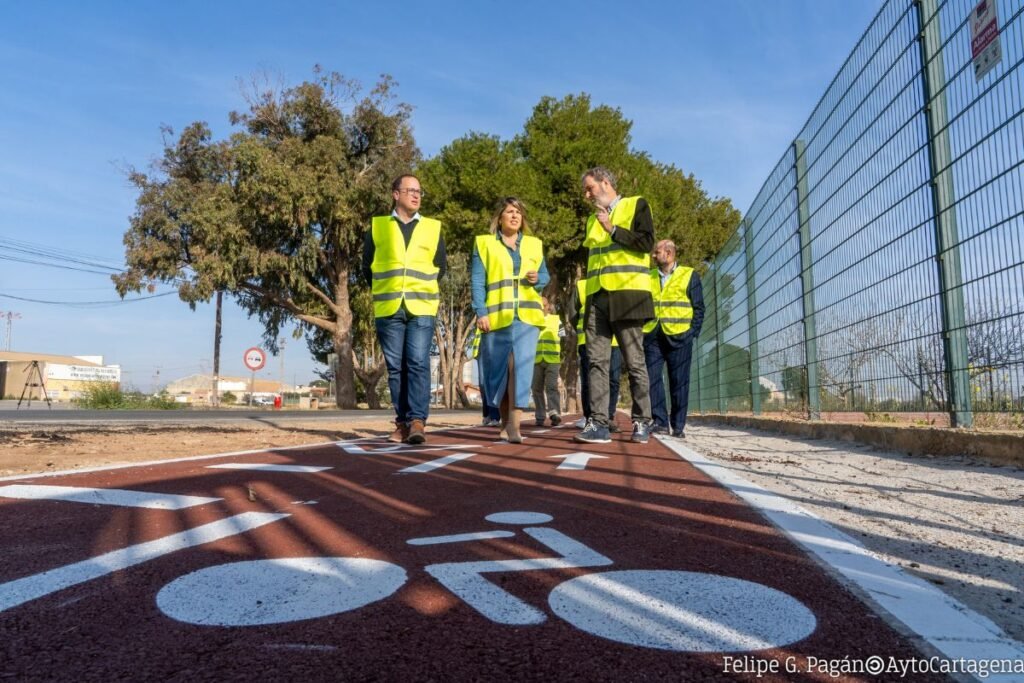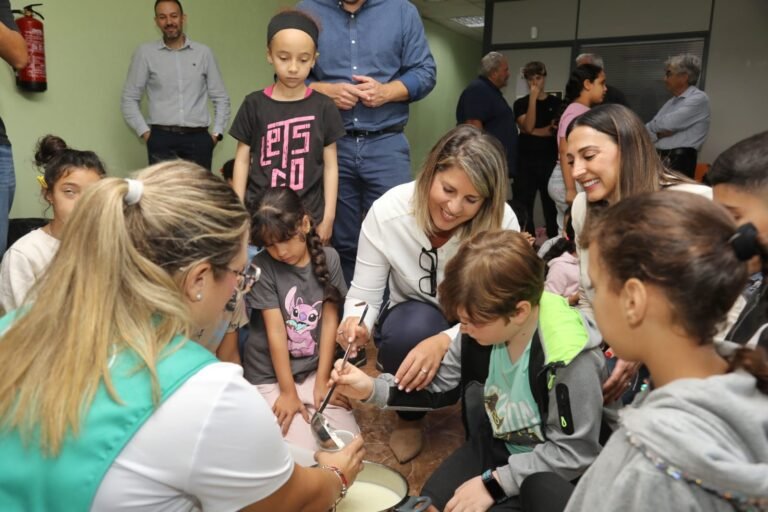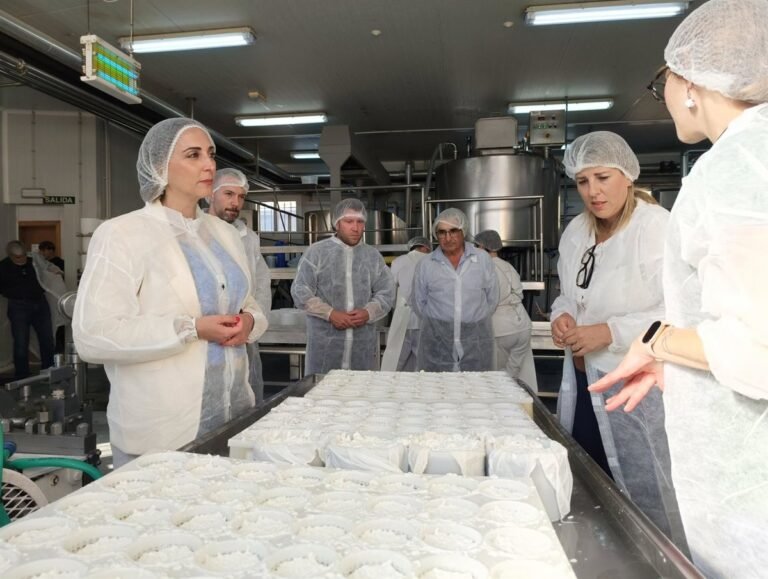
During a visit to the construction site, the mayor has stated that the works are progressing well, with 60 percent already completed of an investment amounting to €1.5M
Sunday 23 February 2025 �|� Viewed: 31 times
�|�
Video�
Audio
�|�
Printable Version
The mayor of Cartagena, Noelia Arroyo, announced during her visit to the bike lane connecting Santa Ana, Miranda, and El Albujón that the connection for pedestrians and cyclists is progressing as planned and will be operational before summer. The 6 km intervention is part of the municipal sustainable urban mobility plan (CartaGo) designed with experts and broad community participation, representing an investment of €1.5 million out of the €11 million already executed from European funds and municipal budget allocated to bike lanes, park-and-ride facilities, smart pedestrian crossings, and urban public transport modernization.
�
«With our mobility plan, we will double the existing bike lane network in the municipality, reaching a total of 35 kilometers to better connect neighborhoods and districts in the northern area with the urban center and work centers.» «This bike lane, the longest built in Cartagena so far, represents a quality leap with innovative materials that mitigate heat to provide better service to residents of Santa Ana, Miranda, and El Albujón,» highlighted Arroyo.
�
The mayor recalled that this mobility intervention adds to other ongoing projects such as the connection of La Algameca, from the vicinity of the Cartagonova Stadium to Navantia, with an investment of €2 million, and the connection from the UCAM university campus in Los Dolores to Nueva Cartagena with €800,000, among others.
�
The Santa Ana-El Albujón bike lane, 2 to 2.50 meters wide and bidirectional, runs through a route marked by trees and features 3,000 signaling elements, incorporating a pavement of pigmented naturalized micro asphalt, a solution that mitigates the urban heat island effect.
�
Noelia Arroyo reiterated that the complete mobility plan is aimed at providing all our residents with alternative transportation and also a better quality of life and improved public service in our neighborhoods and districts.
Return to the list
�



